Ruins of wine brewing workshop — at least 380 years old — unearthed in China. See them
Ahead of a road construction project, archaeologists explored a site in northern China.
Between June and November, a team of experts worked to excavate the site — and they discovered the ruins of an ancient wine-making workshop.
Archaeologists found three stoves, seven wells and two fermentation ponds, according to a March 6 news release from the Shanxi Provincial Institute of Archaeology shared via a post on Weibo. The structures were used to make wine and liquor during the Ming Dynasty, which lasted from 1368 until 1644.
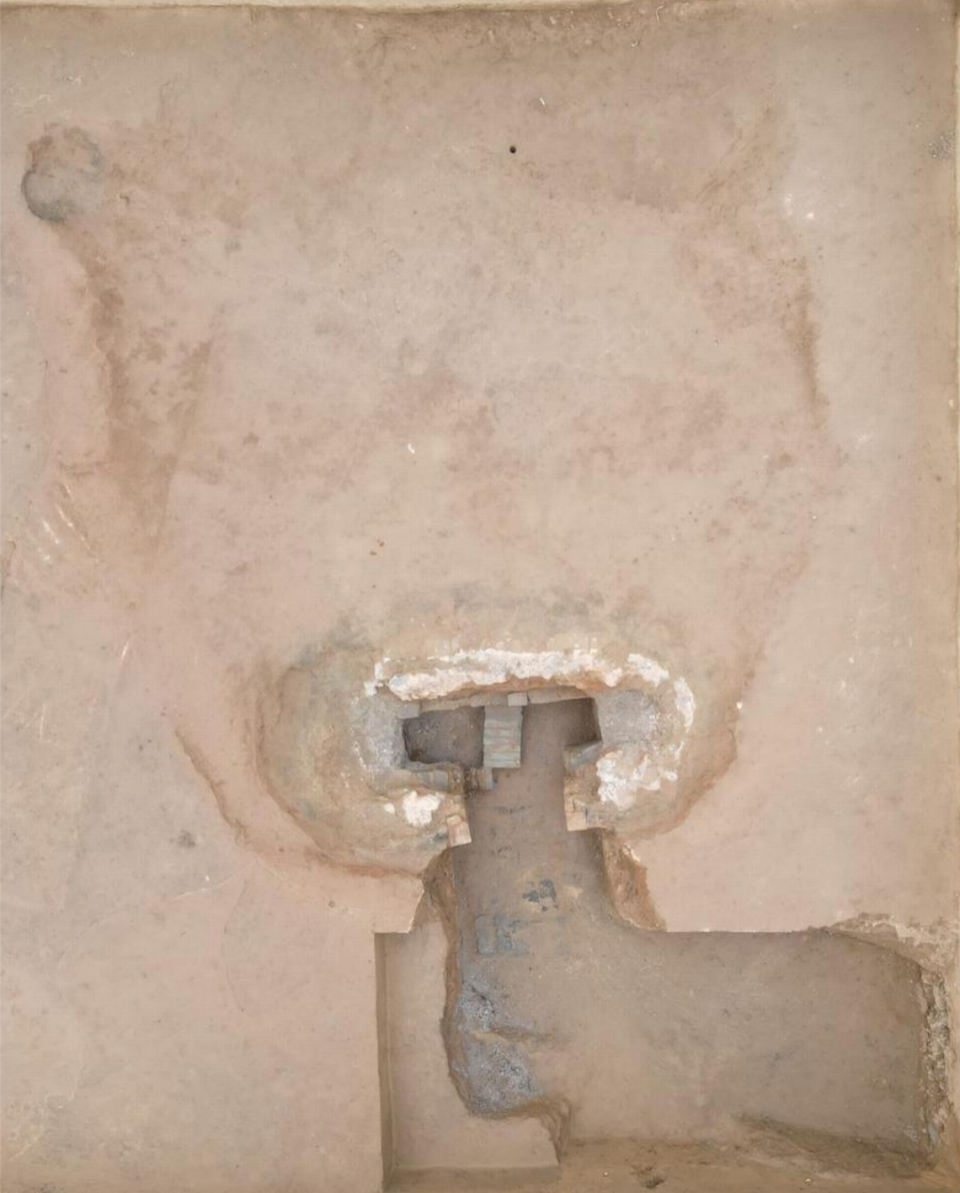
The stoves were arranged in a line, experts said. One well-preserved example included an operating pit, a fire chamber and a grate.
The fire chamber had an elliptical shape and was built with blue bricks. It measured about 3 feet long, 1.5 feet wide and 4 feet deep.
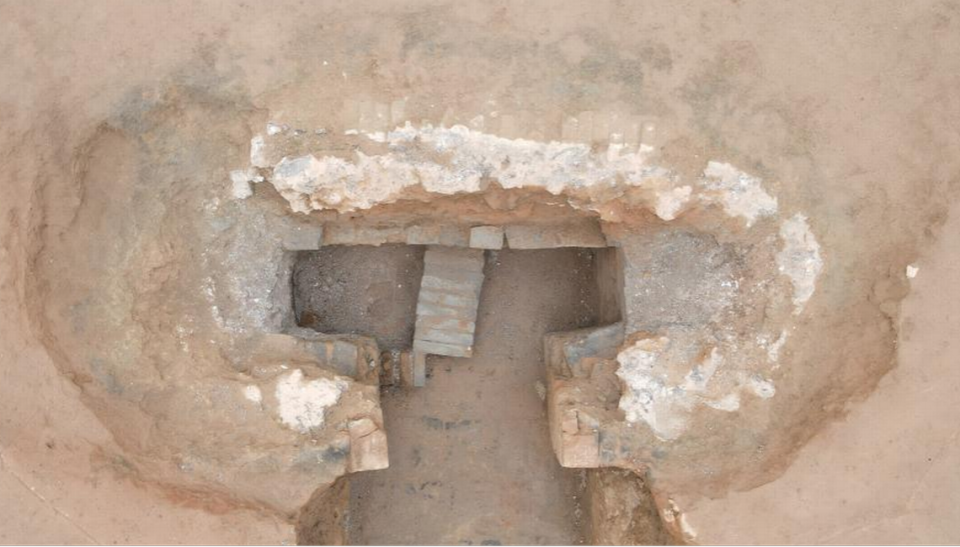
Nearby was a circular well used to collect water for cleaning the materials for wine making, archaeologists said. The well measured about 4 feet across and had a depth of up to 23 feet. Inside were the remains of porcelain tiles and building components.
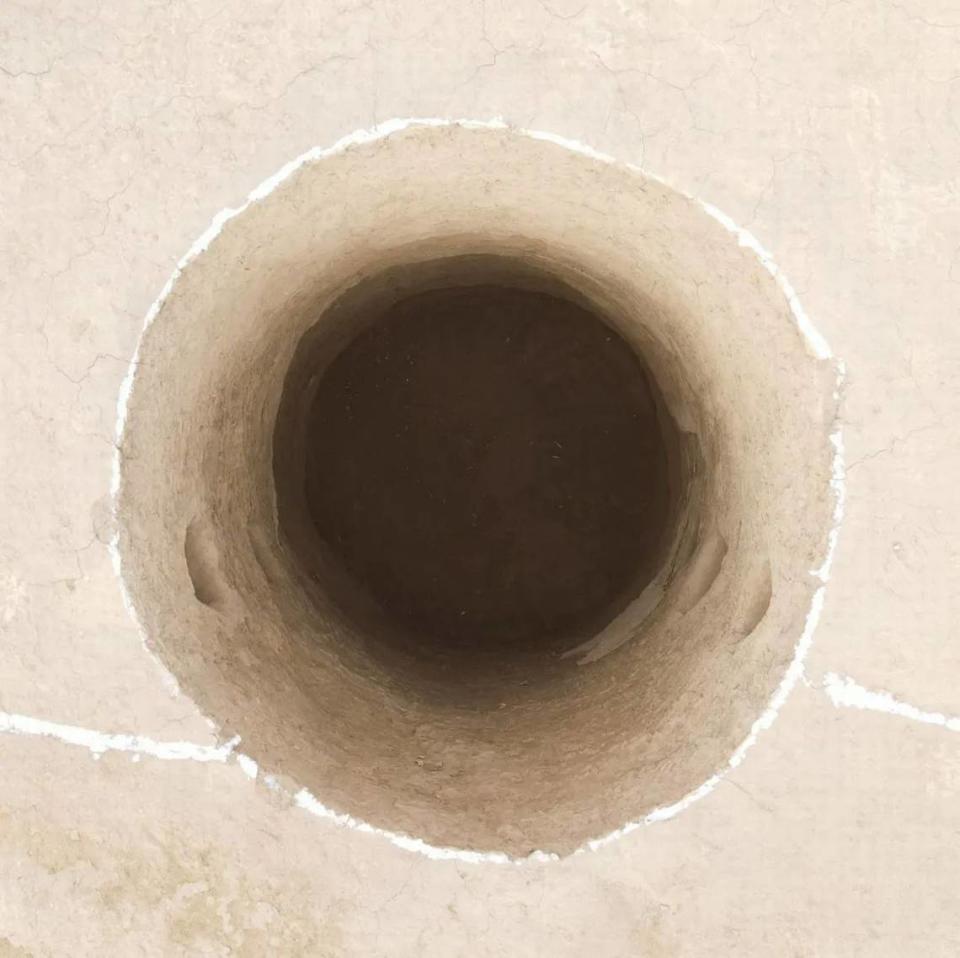
Fragments of colorful and patterned glazed porcelain bowls and cups from the Ming and Qing dynasties were also found in the stoves and wells, according to officials.
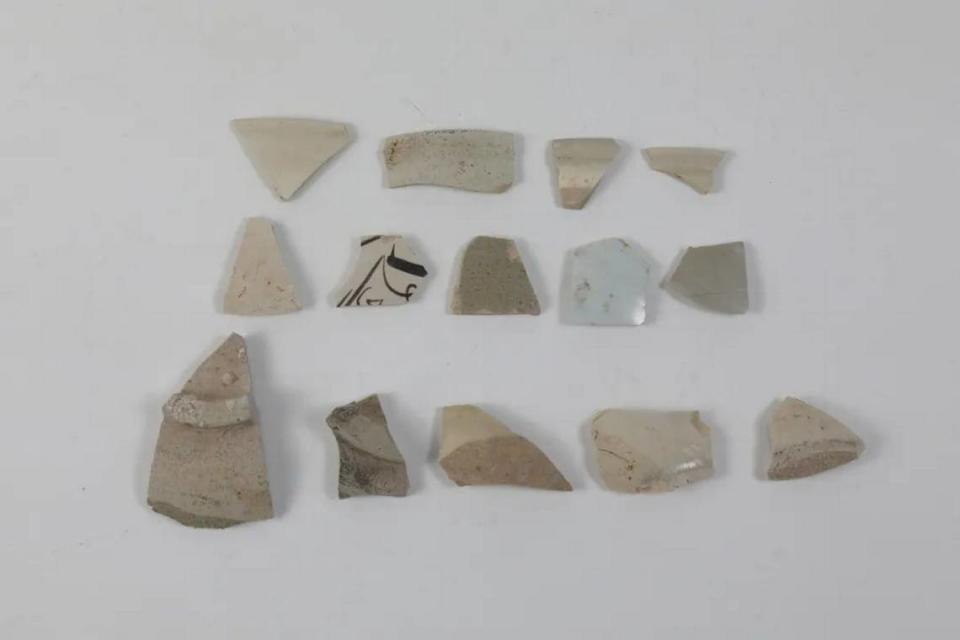
Experts also found a fermentation tank near the stove. The rectangular structure measures about 10 feet long, 8 feet wide and 2 feet deep.
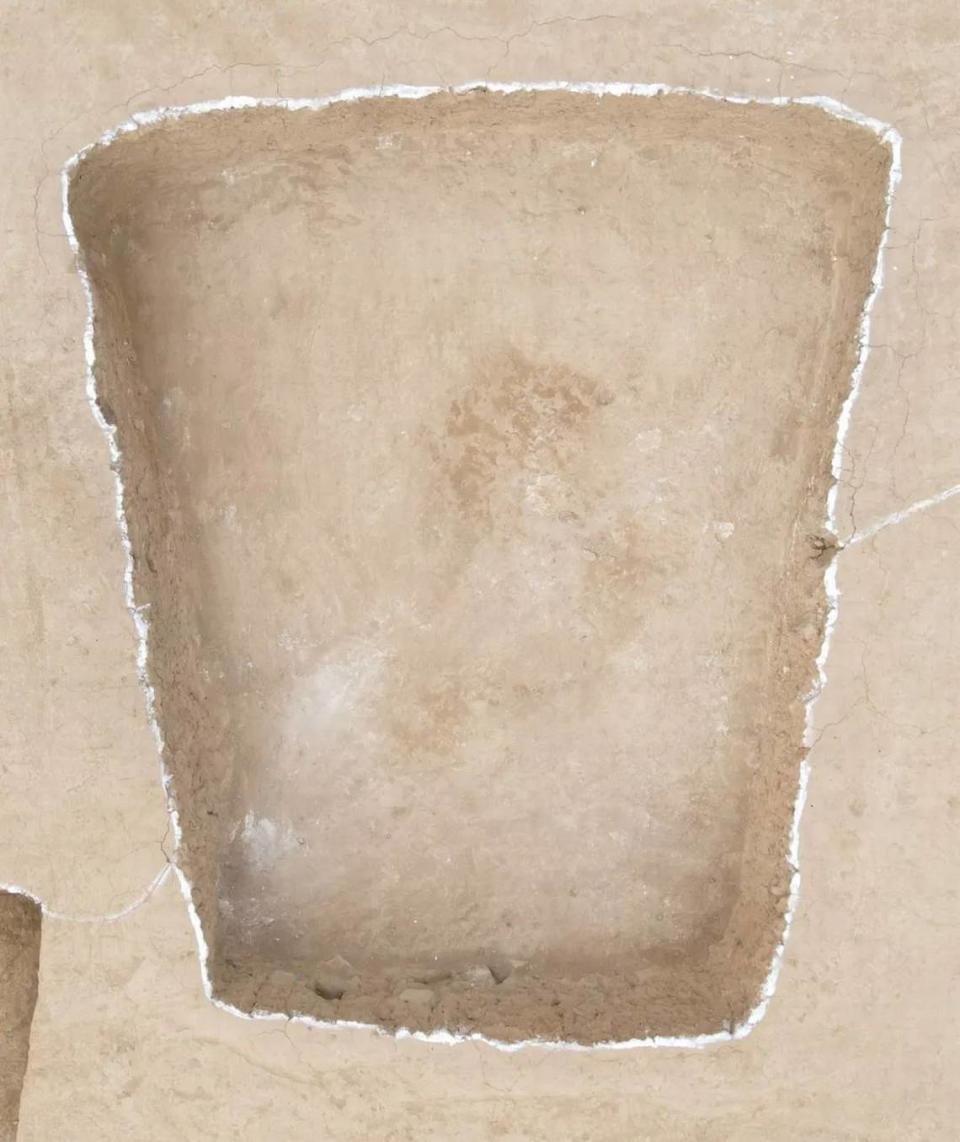
Soil samples from inside the pit-like tank contained high levels of protein and acid residues connected to wine fermentation, archaeologists said.
Historical records from the Ming dynasty indicate that the process of making wine and liquor required the structures found at the site, officials said.
Google Translate and Baidu Translate were used to translate a news release from the Shanxi Provincial Institute of Archaeology.
Metal detectorist thinks he found coin. It was actually an ancient treasure. See it
‘Historical mysteries’ lie beneath school field — and experts need help finding them
Construction worker digs up ‘big stone.’ It was a ‘mysterious’ 1,800-year-old statue

